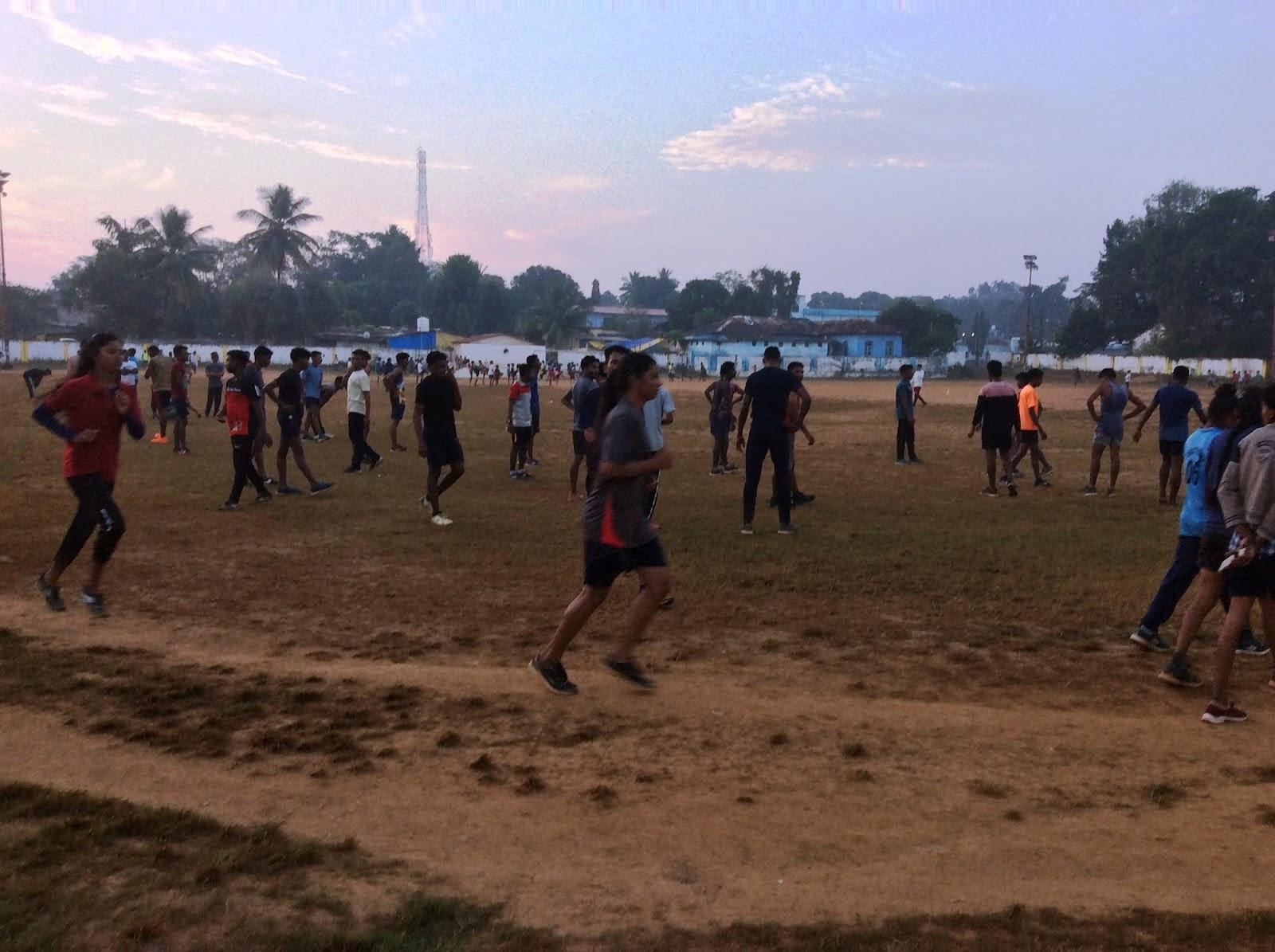Bastar Fighter: Echoes of Salwa Judum in Chhattisgarh
'They are not likely to go back'
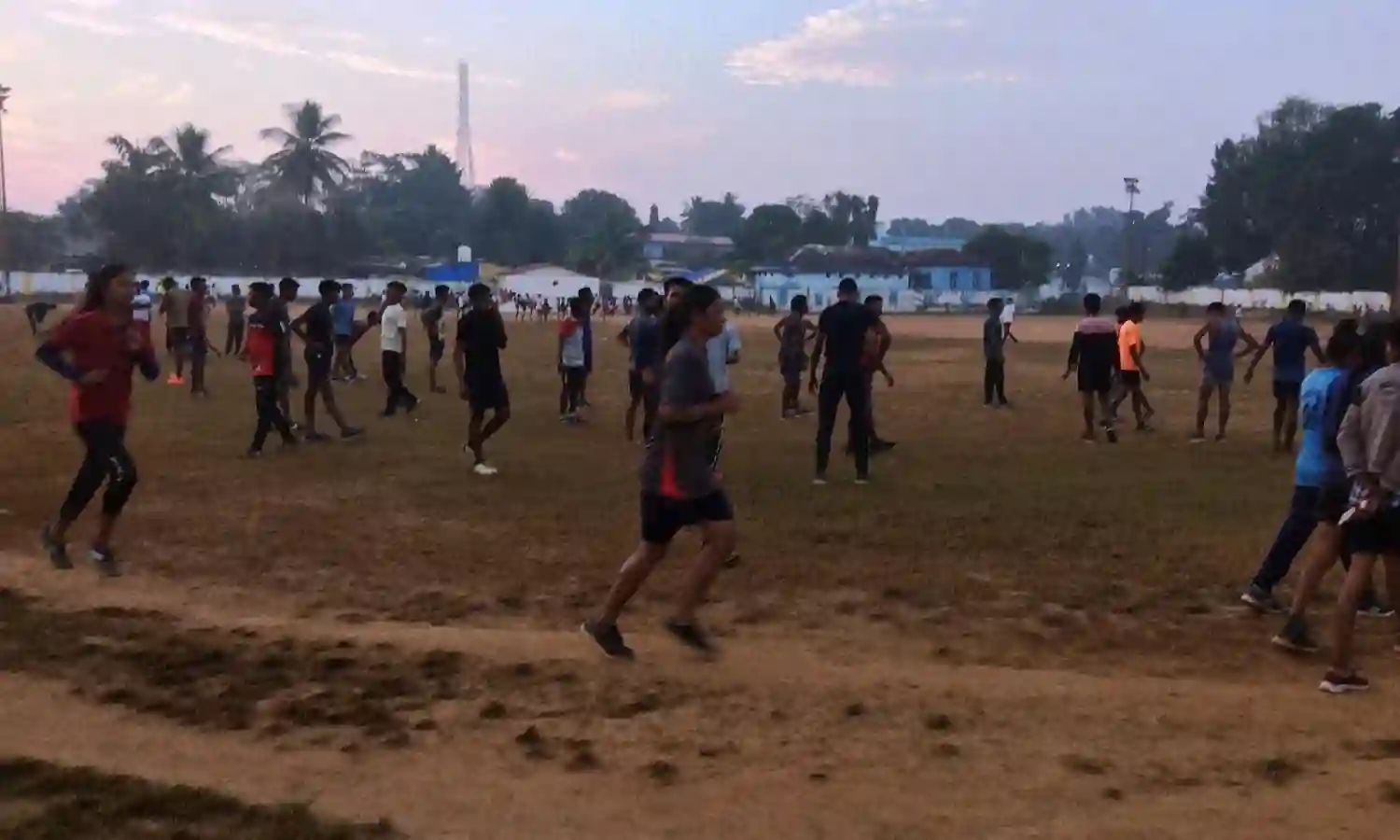
Manish Kumar Michha, a 21-year-old Adivasi youth, has a dedicated morning fitness routine these days. From 5am to 8, he comes to the Indira Inter State Cricket Stadium in Bijapur district to run and play football.
Michha, a resident of Bandepara village in the Bhopalpatnam block of the district, aspires to join the Bastar Fighters after coming across advertisements announcing recruitment for the post of constable.
The Chhattisgarh government announced the formation of Bastar Fighter last year to offer employment to locals in the age group of 18-28 in the entire Bastar subdivision, comprising seven districts affected by violence between Maoists and the State.
“Aspirants like me will have to qualify for a physical fitness test and a written exam to get a job. I know it is a tough life but I still want to join the police force,” said Michha while taking a break from running on a cold morning.
Remarking on the entire exercise, Bijapur superintendent of police Kamlochan Kashyap said the police plan to recruit 300 youths from each district for the post of constable at the entry level for Bastar Fighter.
“At present the district administration is helping these youths by providing them space for training and accommodation. The climate of Bastar, its local languages like Gondi and Halbi, and the harsh geographical terrain make it difficult for outsiders to stay and survive here even after they get jobs. That is why these local youths would play an important role post selection,” Kashyap explained.
Michha is not the only aspirant at Indira Stadium. The ground is full of young men and women engaged in various activities like push-ups, stretching and running.
On encountering Shailendra Pawar here the night before, the youth said that aiming for Bastar Fighter would make up for his desire to join the Army, where qualifying is tough due to stricter parameters for weight and height.
“Most of us here practise high jumps and low jumps as well as run for three km,” says Pawar as he breaks into a run. His friend Deepak Chalke is quite certain of getting the job on qualifying for the physical test as the written exam would be easy. Unlike Michha, Chalke and Pawar come for the practice session in the evenings.
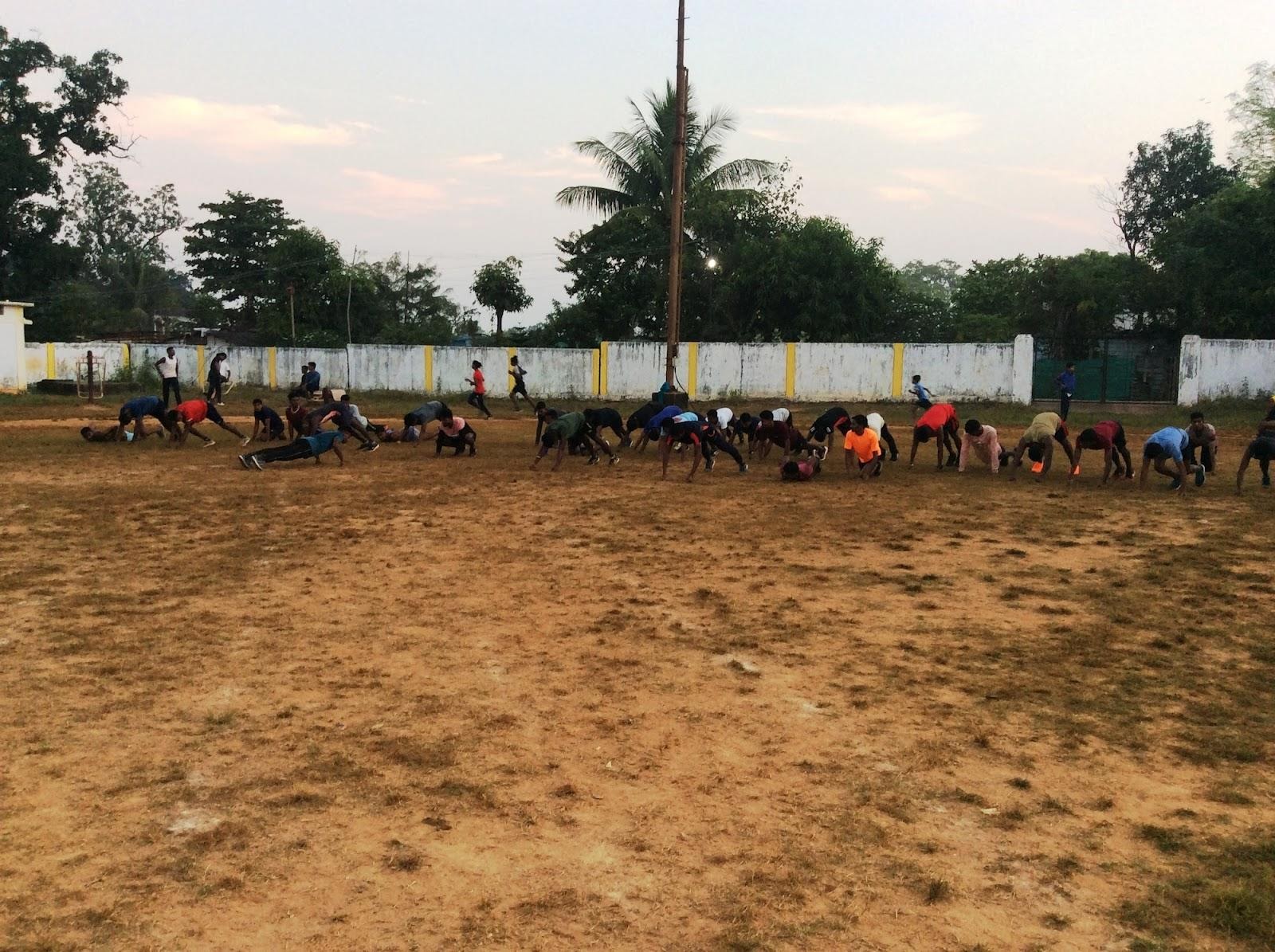
The largest coal producing state in India with the second largest coal reserves, Chhattisgarh is also rich in iron ore, bauxite, gold, tin and diamonds. People in the Bastar region continue to be affected by State–Maoist violence.
In 2006 the Indian government created a dedicated left-wing extremism (LWE) division to combat the insurgency throughout the Bastar region. It also allocates a special central assistance fund to 30 LWE-affected districts in the country including in Bastar.
The Central Reserve Police Force already has a Bastariya battalion here to combat Maoists, most of them Adivasis. Police officials say that the main aim of creating Bastar Fighter is to offer livelihood opportunities to Adivasi youth.
Umesh Sahani, who is just 19, desperately wants to join the police as it would give him a chance to serve the country. A few of his friends point out that Maoists are opposed to the creation of Bastar Fighter, but none of them feel afraid.
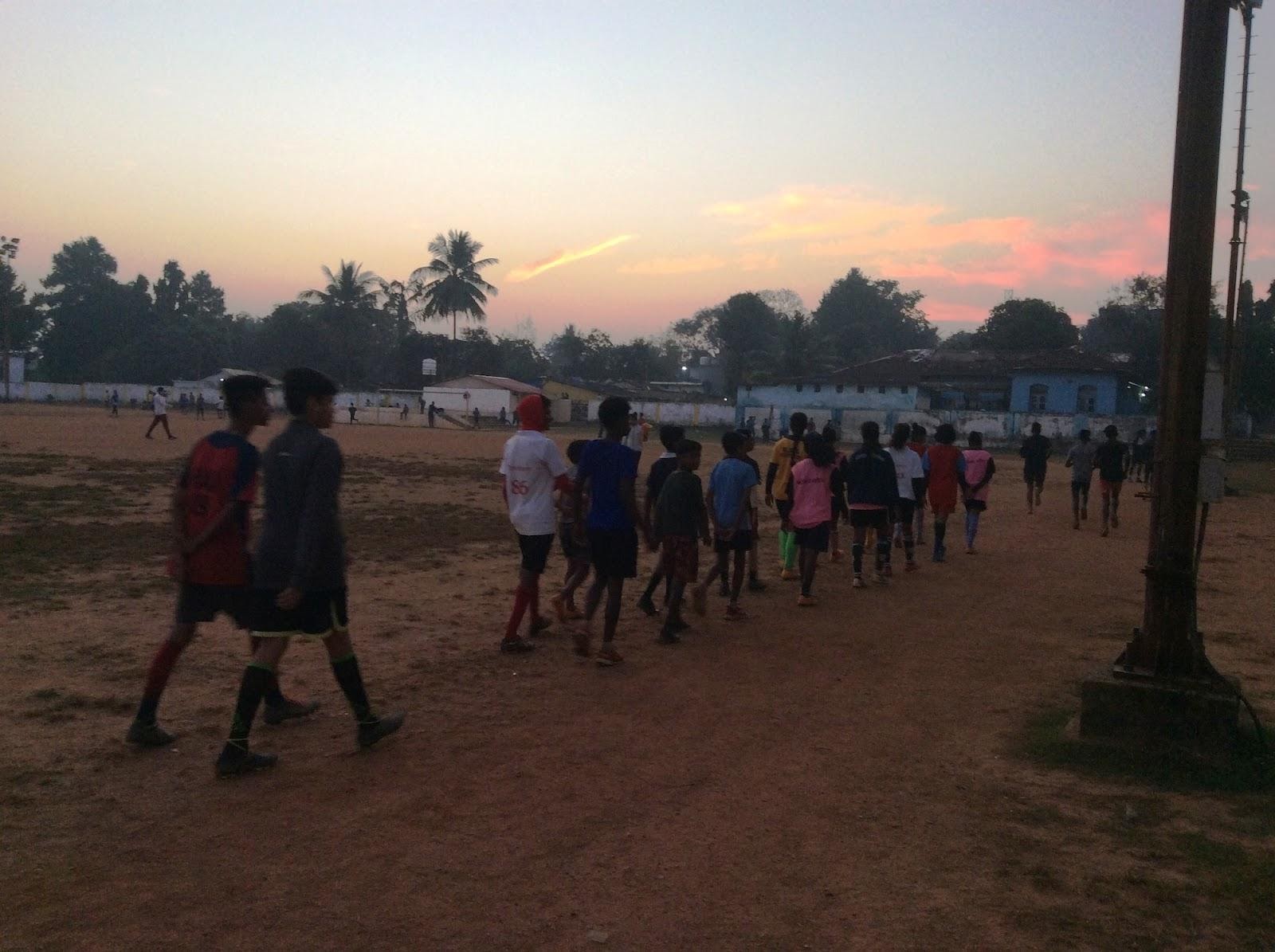
Apart from Bijapur district bordering Sukma, youths in Dantewada are also reportedly raring to go. According to Anil Karma, a resident of Paraspal village in Dantewada, as locals know the terrain well and are familiar with Bastar’s heavily forested interior, they can be of great help to the state police force, and it is a good idea to connect them to this employment opportunity.
A source working in the development sector in Bastar said on condition of anonymity that by creating this special group, the government aims to prevent disgruntled youths from joining the Maoists. He added that the central paramilitary forces posted in Chhattisgarh are not popular, and face resistance from villagers.
“They do not enjoy a good reputation and that is why the government is experimenting with local youths through the Bastar Fighter.” There may be some truth in his assertion, especially in light of the Silger firing last year in which police shot dead three people who were local Adivasi residents and unarmed.
A second Salwa Judum type of movement may arise in future with these newly recruited local youths from villages joining the state police. Memory of the violent Salwa Judum movement, started in 2005 by the Raman Singh government, is still fresh for those living in camps for the displaced like the one in Kasoli in Dantewada.
At the time, houses and schools were torched. Several villagers were caught between Maoists on one hand and the Salwa Judum fighters comprising local Adivasi youth backed by police forces on the other. Many who fled from Chhattisgarh at the time still have not returned.
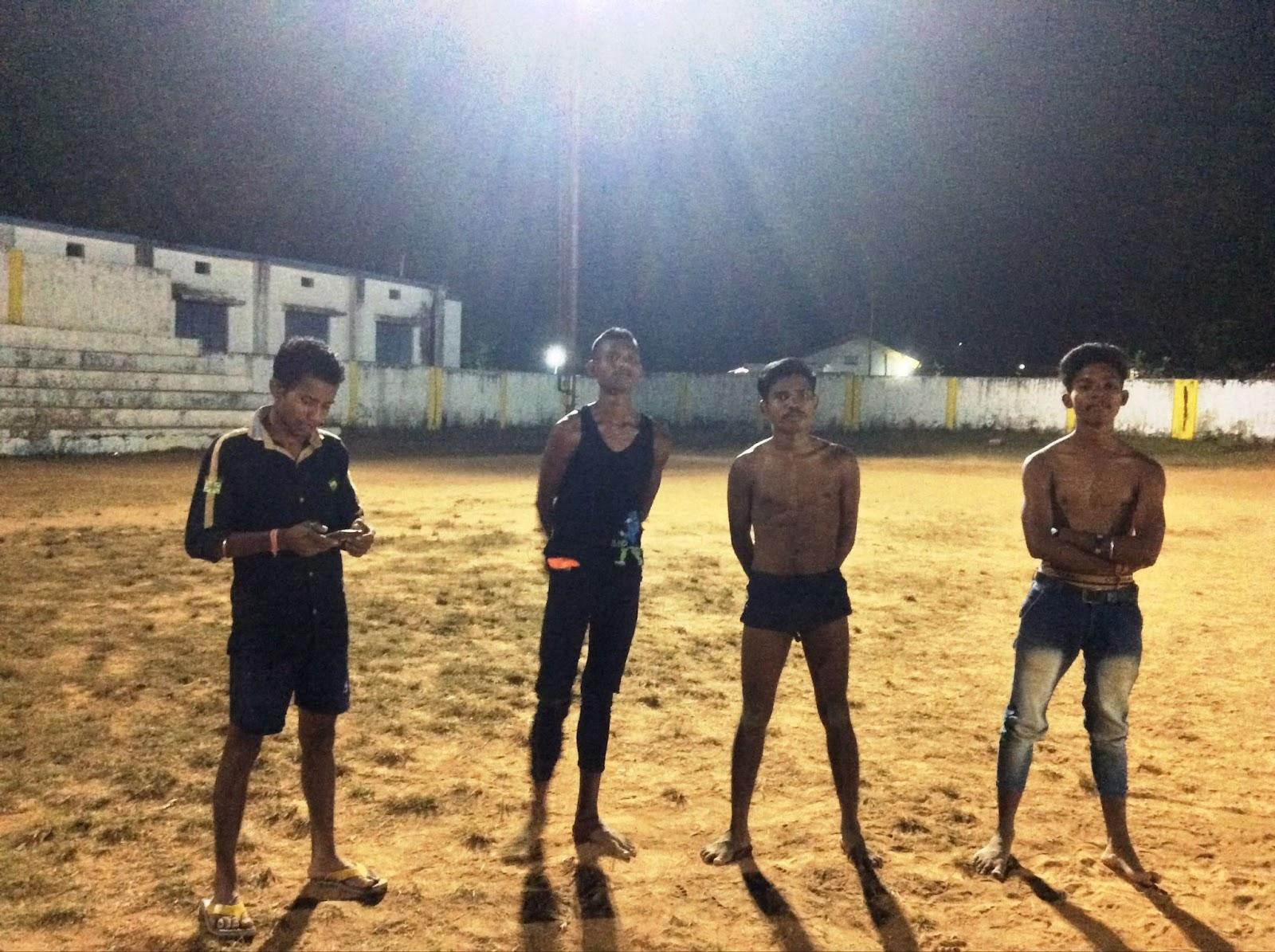
Back at the stadium, college student Nitesh Matti says that some youths have come from villages as far as 50 km away to fulfil their dream.
Constable Kishan Kumar Apka from the Bijapur police, who is in charge of the training session at the stadium, makes youths warm up first before starting exercises. Before joining the police Apka was in the Central Reserve Police Force, from which he resigned.
“Youths practising here have already submitted forms, but the exam has been postponed. Many of them are apprehensive but eager to join in the hope of permanent government jobs,” says Apka.
Although the examination has been postponed, it is likely to be held this month.
Additional superintendent of police Ankita Sharma, in charge of anti-Maoist operations in Bastar, said a total of 2,500 youths are to be selected from across the subdivision. There are bonus points for those who know the local languages, and relaxations in height and other criteria for youths coming from Naxal-affected areas.
Asked about the possible threat to their lives, Sharma assured that as these youths have come out of their villages they are not likely to go back. If they do, there may be a threat to their lives.
Apka explained that educated youths want to come out of interior areas anyhow and get jobs whatever the cost, as part of development.
